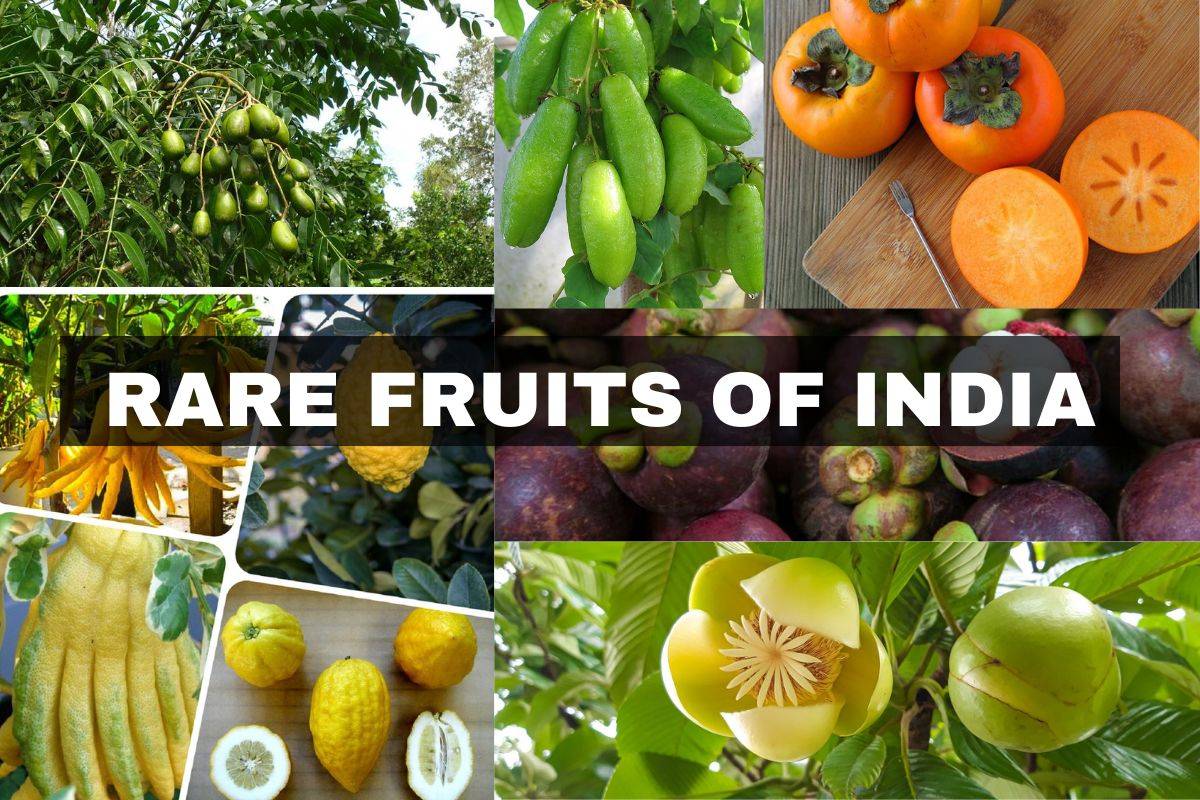
Exotic fruits can be found all over the world, which many of us are aware of. But do you know that India is home to a large number of uncommon fruit varieties. They are either limited because of area restriction and mass production. In both situations, they become uncommon and occasionally escape people's focus and attention.
Rare Fruits Which Are Available Only in India
Here are some uncommon Indian fruits that you should be aware of.
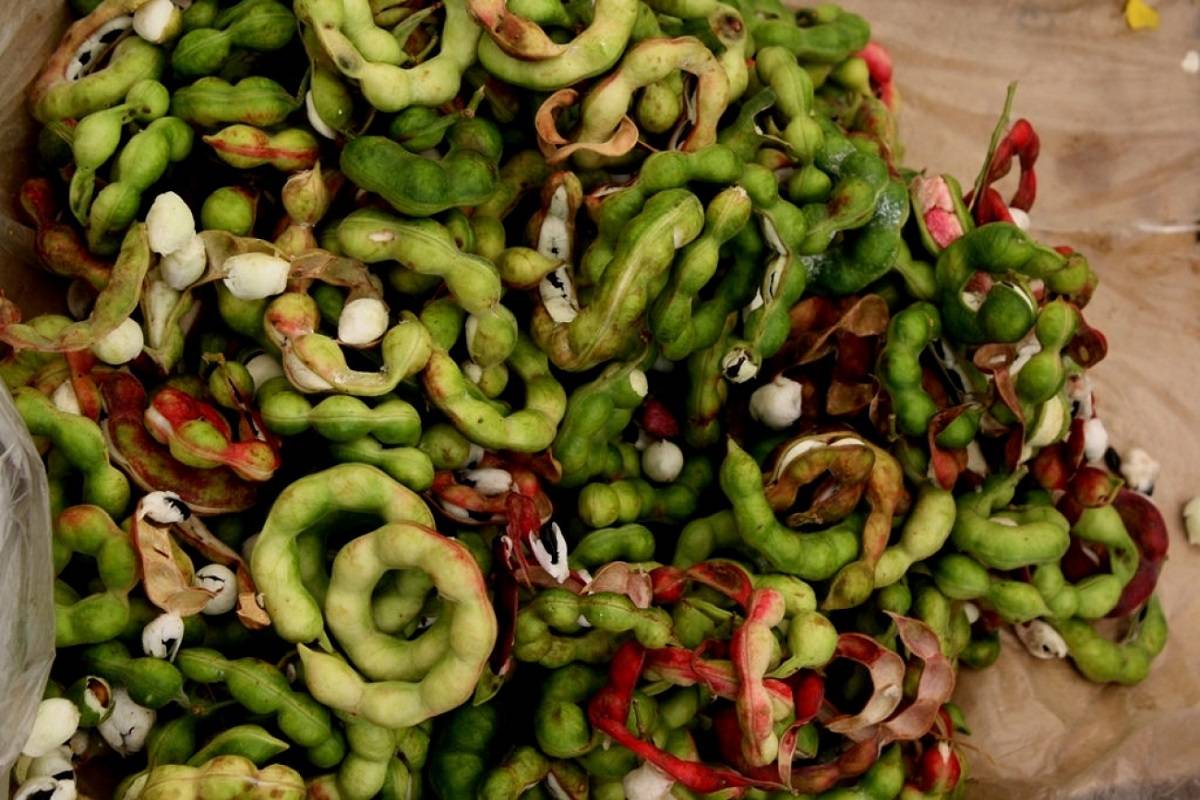
Jungli Jalebi/Kodukkapuli (Camachile)
Jungli jalebi (or kodukkapuli) has spiraling green-pink pods with 6-10 glittering black seeds encased in a rich delicious edible pulp. While the acidic seeds are used in curries, the pulp can be consumed raw or turned into a beverage resembling lemonade. The plant is known as jungli jalebi because of the fruit's likeness to the Indian delicacy jalebi.

Buddha's Hand (Fingered Citron)
Buddha's hand is a magnificent fruit that resembles a bumpy lemon with long, golden tentacles that extend from the base and resemble gnarled human fingers. The gentle yet zingy flavor of Buddha's hand is delightfully fragrant, and it is known to fill spaces with the scent of fresh flowers. Botanists are confused about whether the fruit is indigenous to China or India in the lower Himalayas, where it is said to have originated. Some researchers assume that migrant Buddhist monks from India brought the fruit to China circa 400 AD.

Langsah/Lotka (Langsat)
Langsah is a tiny, transparent fruit with an orb form that is most frequently seen in South India. When unripe, they can be extremely sour, but when ripe, they are delightfully sweet and have a bittersweet grapefruit-like flavor. Even though demand for this fruit spikes throughout its season, it is only grown in a small number of southern locations.
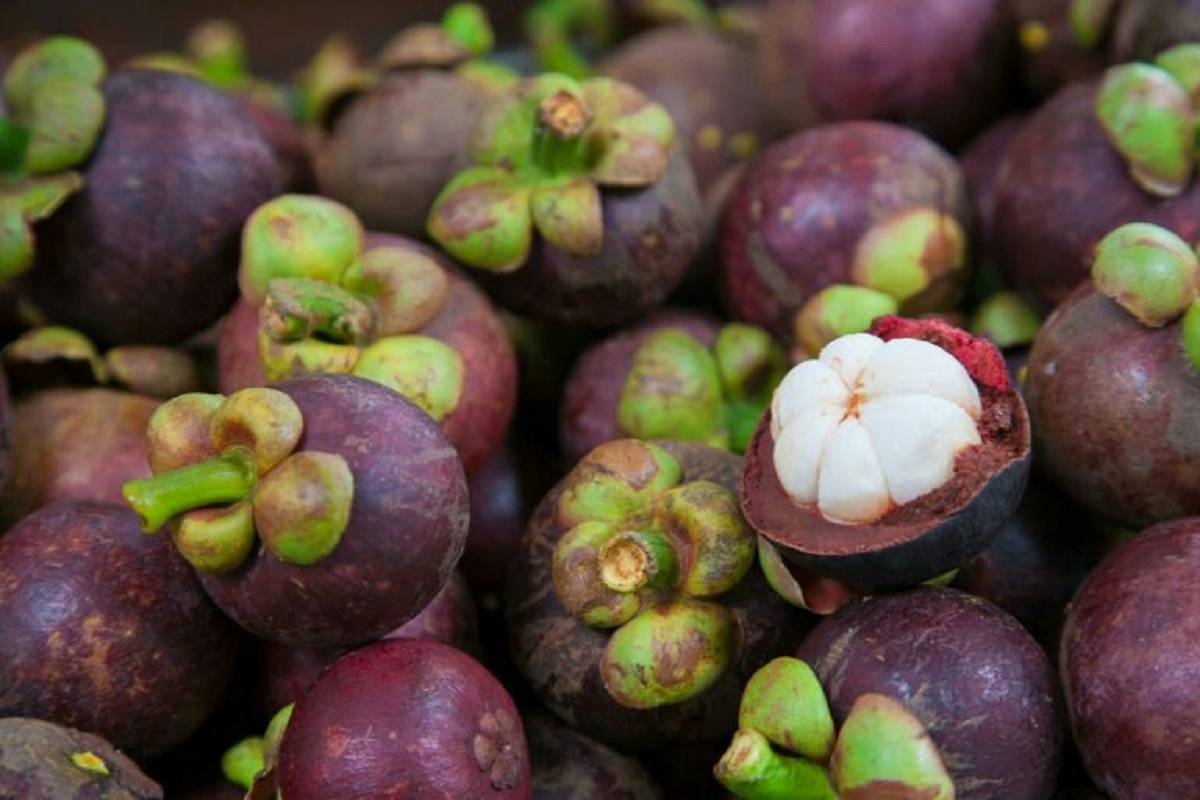
Mangustaan (Mangosteen)
Mangustaan is a fragrant tropical fruit with a fleshy inside that is wet, snow-white, and delicious, and is roughly the size of a small orange. Although it is the national fruit of Thailand, it is said that during the 18th century, the trees of this fruit were quite common in southern India. Mangustaan tastes mellow and earthy, akin to mango, and is fully ripe only when the woody, leathery purple peel gives gentle pressure.
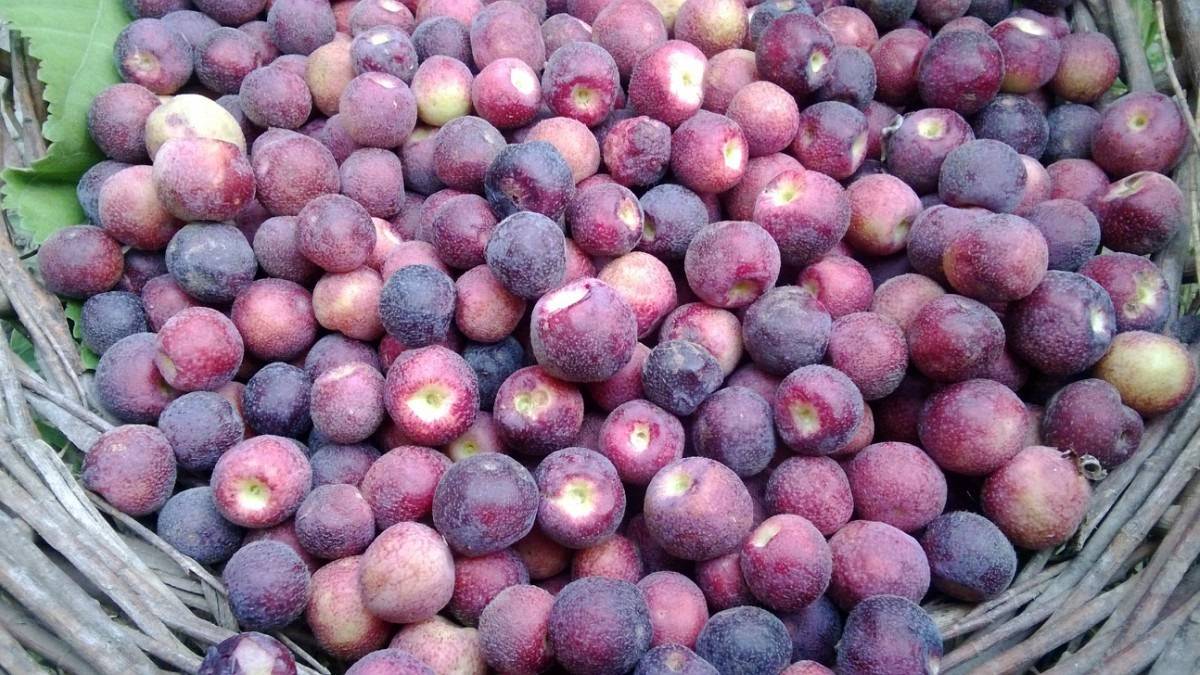
Falsa (Indian Sherbet Berries)
It is thought to have been discovered for the first time in Varanasi and then spread throughout Asia and the rest of the world by Buddhist experts. Falsa is grown for its acidic, sweet, and sour flavor, and it is sold on the market in the summer. The fruit pulp is turned into a cooling sherbet or squash by combining it with sugar.
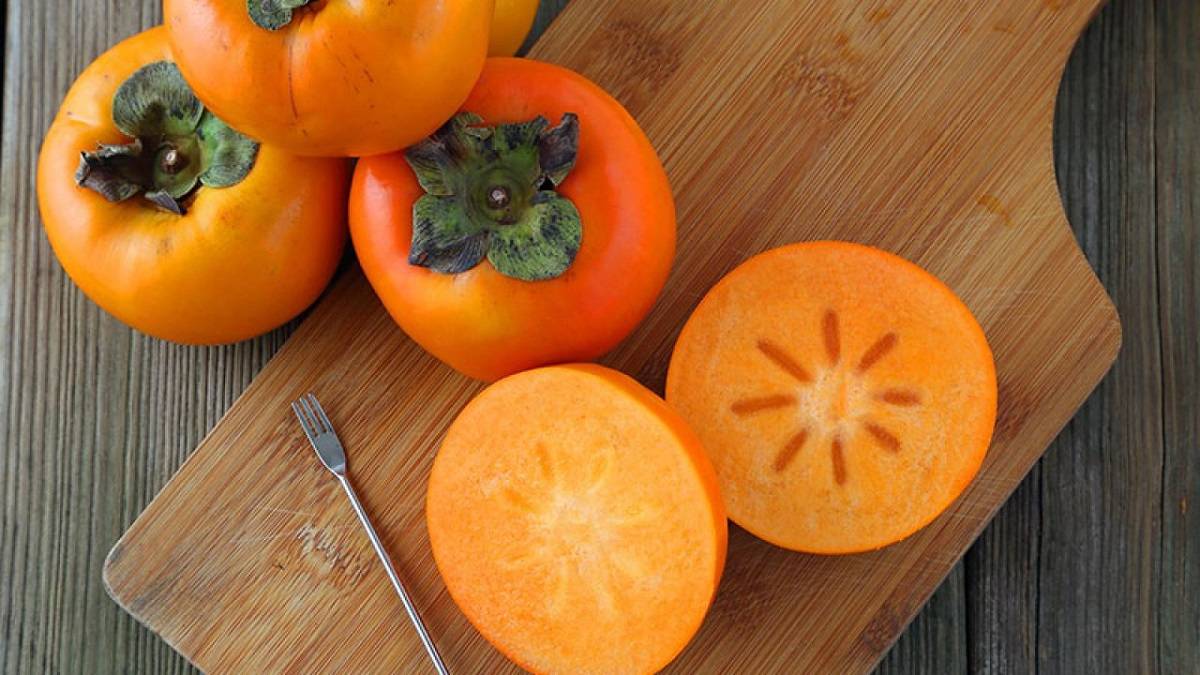
Japani Phal (Persimmon)
The unique, rich orange-red, and delectable persimmon is known locally in Himachal as Japani phal, a term used to describe a temperate fruit. A fully ripe japani phal has striking tomato-like similarities and tastes soft, sweet, and delicious. The fruit, a native of China, was first brought to India by European immigrants in the early 20th century. It afterward migrated to Korea and Japan.
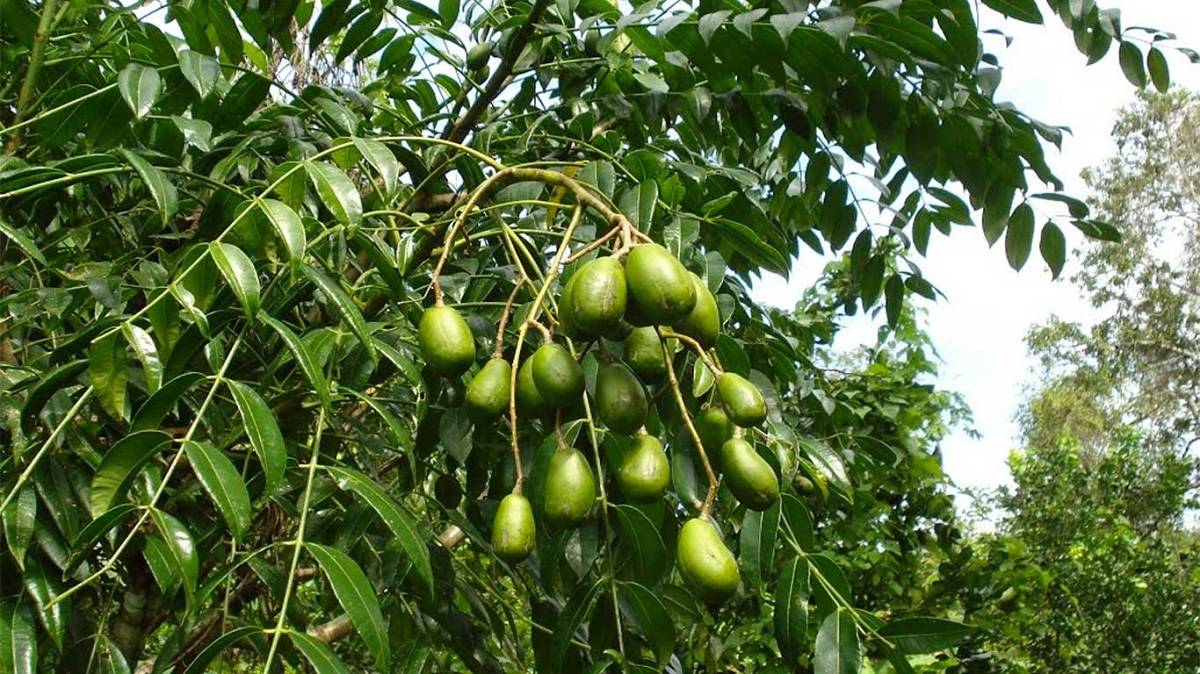
Ambarella (Indian Hog Plum)
A mature ambarella, often known as wild mango, has the mild sweetness of pineapple and the puckering acidity of an unripe mango. Ambarellas come in every conceivable shape and can be savored as a juice, a pickle, a fruity cocktail flavoring, or as plain slices dusted with salt and red chili powder.
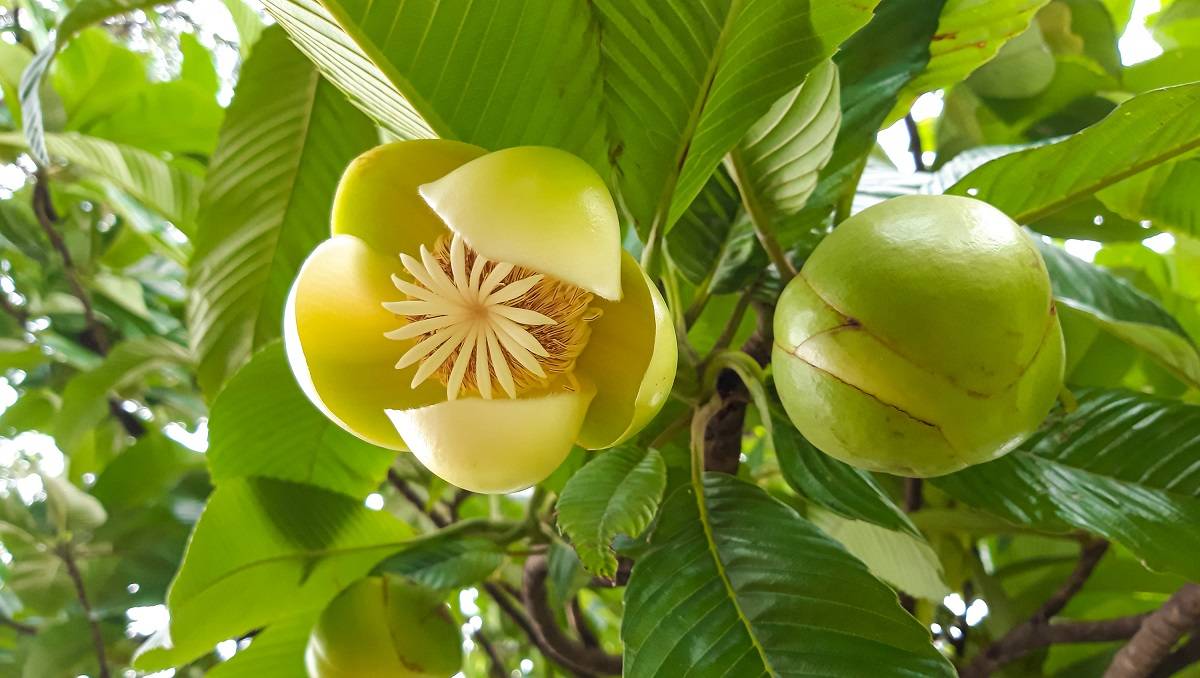
Chalta (Elephant Apple)
Chalta, one of the preferred fruits of wild elephants, grows well on the moist ground and muggy air of swamps and semi-tropical woods. grown in the sub-Himalayan region from Kumaon to Garhwal as well as Assam, Kolkata, Bihar, and Odisha. The knobby, grapefruit-sized, yellow-green fruits have a leathery brown exterior when fully mature. Most locals respect elephant apples for their crunchy outer petals rather than their jelly-like flesh, which they describe as somewhat sweet and sour. Unripe fruits are frequently used to make chutney or pickles. It is forbidden to take them from the heart of the forest since they are a vital food source for deer, elephants, and monkeys.
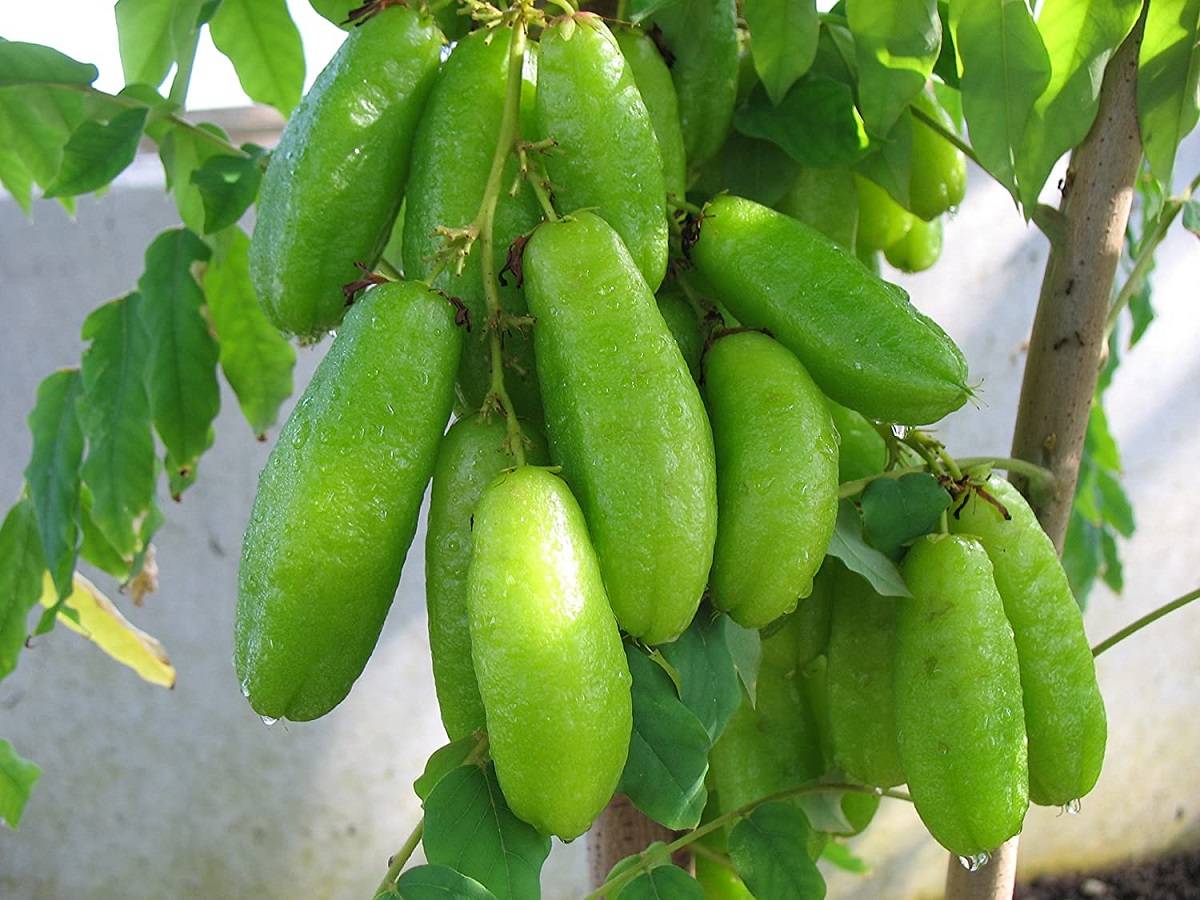
Bilimbi (Tree Sorrel)
Bilimbis, a fruit related to the star fruit, start bright green and hard, but as they ripen they turn yellowish, glossy, and soft. The Indian form of bilimbis has strong flavors that are sour, tangy, acidic, and sharp. Many fans of bilimbi prepare a lemonade-like beverage to take advantage of these cooling qualities. Before being used in chutneys, pickles, and jams, the fruit is frequently poked first and briefly steeped in salt water to lessen its acidity.

Targola/Taal (Ice Apple or Sugar Palm fruit)
The targola or taal is a sort of cluster-forming palm fruit that has rigid, brown skin and a jelly-like inside. Each fruit includes jelly-like segmented seeds when sliced open, along with delicate, off-white skin that becomes light brown when exposed to air. Although it might be laborious, it is definitely worth the effort to remove the thin skin. Biting into a targola releases the cold, sweet juice that is contained in the middle of each segment, making it a delightful treat during the hot summer months. Additionally, the fruit is used to manufacture the regional alcoholic beverage toddy.

















